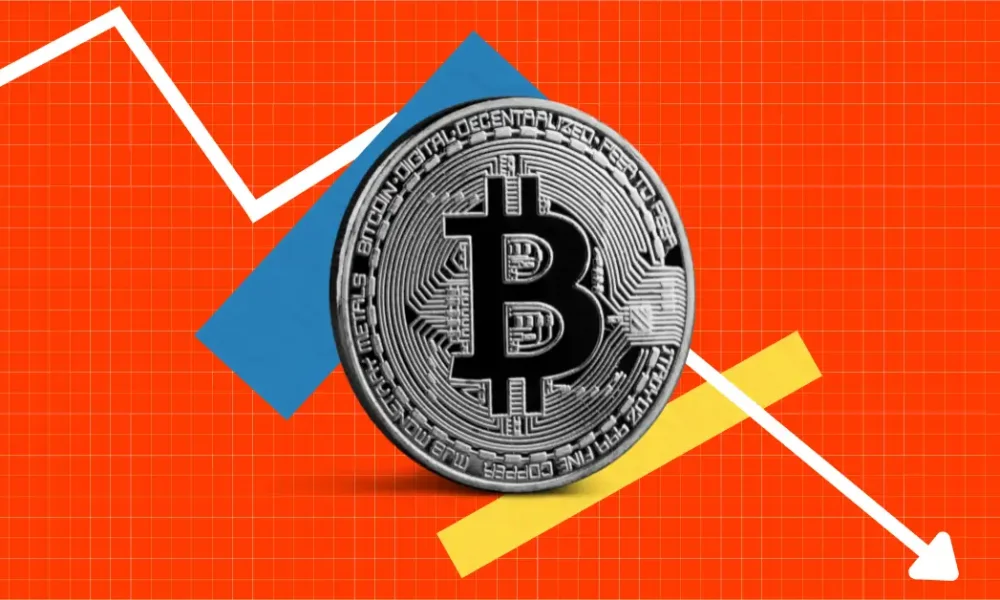Bitcoin
Bitcoin Price Could Fall Into a Trap; Analyst Says ‘Be Prepared’

On Crypto Banter’s The Sniper Trading Show, the analyst warned of upcoming market moves such as relief bounces and liquidation pool traps, pointing to critical Bitcoin levels such as $65,000 and $70,000. Emphasizing the need to consider longer time frames, he reaffirmed his bullish stance, noting his commitment since Bitcoin was at $10,000 in 2020 and $33,000 the same year.
The analyst discussed the Fear and Greed Index, noting that it was currently at 28. He explained how this index reflects market sentiment, with lower levels indicating fear and potential buying opportunities, while higher levels suggest greed and higher prices. Referring to historical patterns, he pointed out that similar low levels of the index in the past have often preceded market recoveries and significant price increases.
Recent developments and critical levels
Moving on to Bitcoin dominance, he noted a slight decline, which could signal a positive trend for altcoins, potentially leading to significant gains if market sentiment turns bullish.
He also discussed the possibility of Bitcoin entering a range or falling into a shortfall trap that could liquidate long positions, leading to rapid market activity. He stressed the importance of being prepared for multiple scenarios in the coming week.
Futures market speculation
Explaining the recent market movements, the analyst noted that Bitcoin had recently fallen below a major trend line, shown by a green candle now positioned below it. He spoke about a critical price zone, historically a support level of $60,000 to $61,000, which had now turned into resistance after being held for a long time. This shift, he explained, indicated a change in which previous support levels now act as barriers to further price increases.
He speculated on potential market moves later in the week, suggesting that if Bitcoin can hold above $60,000 and push higher, it could quickly climb back to the mid-$60,000 range. He described this scenario as potentially catching out those who exited the market too early, capitalizing on fear and uncertainty.
